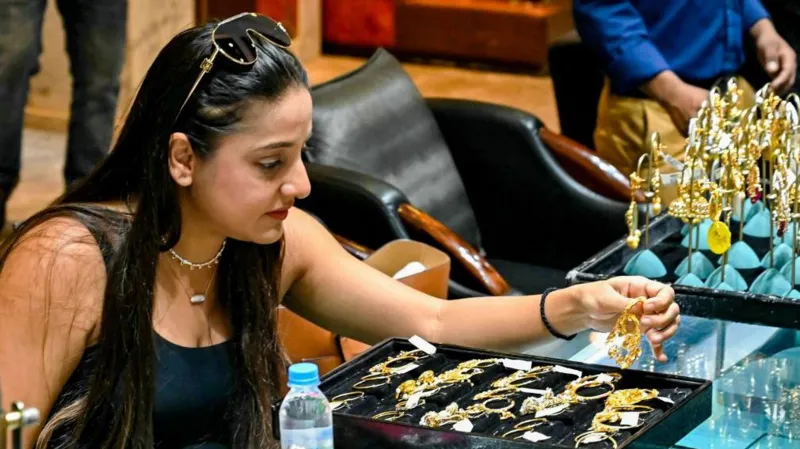Despite a population of 1.4 billion, India’s consumer market is effectively limited to 130-140 million people, according to a Blume Ventures report. This “consuming class” mirrors the size of Mexico’s population. Another 300 million are “aspirant” consumers, but their spending remains cautious.
India’s wealth is “deepening” rather than “widening,” meaning the rich are getting richer, but the number of wealthy individuals isn’t significantly increasing. This trend fuels “premiumisation,” where brands prioritize high-end products over mass-market offerings.
Evidence includes booming sales of luxury housing and premium phones, while affordable housing’s market share has shrunk from 40% to 18% in five years. The “experience economy” thrives, with high-priced events selling out.
Companies focusing on premium products are succeeding, while those targeting the mass market are losing ground. This reflects a K-shaped recovery, where the wealthy benefit while the poor lose purchasing power.
India’s inequality has worsened, with the top 10% holding 57.7% of national income, up from 34% in 1990. The bottom 50% have seen their share decline.
A consumption slump is exacerbated by falling savings and rising debt. Central bank crackdowns on unsecured lending, which fueled post-pandemic spending, further impact the “aspirant” consumer class.
Short-term boosts are expected from a record harvest and tax cuts, potentially increasing GDP by 0.5%. However, long-term challenges persist.
The middle class, a key consumer driver, is squeezed by stagnant wages. Data from Marcellus Investment Managers shows middle-income earners’ real income has halved in a decade, leading to record-low savings.
Urban white-collar jobs are also threatened by AI automation, impacting India’s service-driven economy. The government’s economic survey warns that workforce displacement could disrupt economic growth.



